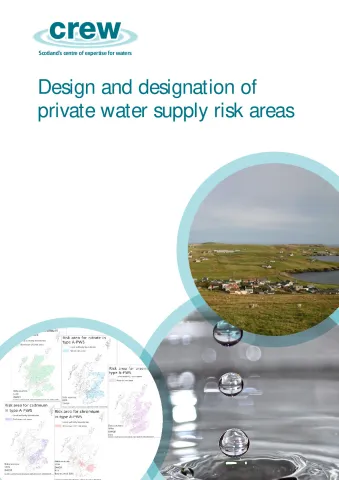In Scotland, private water supplies are regulated separately under The Private Water Supplies (Scotland) Regulations 2006. Type A private water supplies are currently sampled on an individual basis; however, changes to the Drinking Water Directive specify criteria for a flexible monitoring program, which means that low risk parameters may be removed from sampling under certain circumstances. This risk-based approach is a pragmatic means of complying with Directive requirements and targeting resources towards areas of higher risk.
In this project, a practical weight-of-evidence method was developed to identify where the risk of type A PWS contamination is greatest, based on historic monitoring data from the supplies as well as on the location of the supply in relation to surface and groundwater bodies. Aluminium, nitrate, arsenic, cadmium, and chromium were used as trial parameters to assess the feasibility of the method in Scotland.
| Attachment | Size |
|---|---|
| CD2016_06 Main Report | 2.32 MB |
| CD2016_06 Appendices | 1.15 MB |
